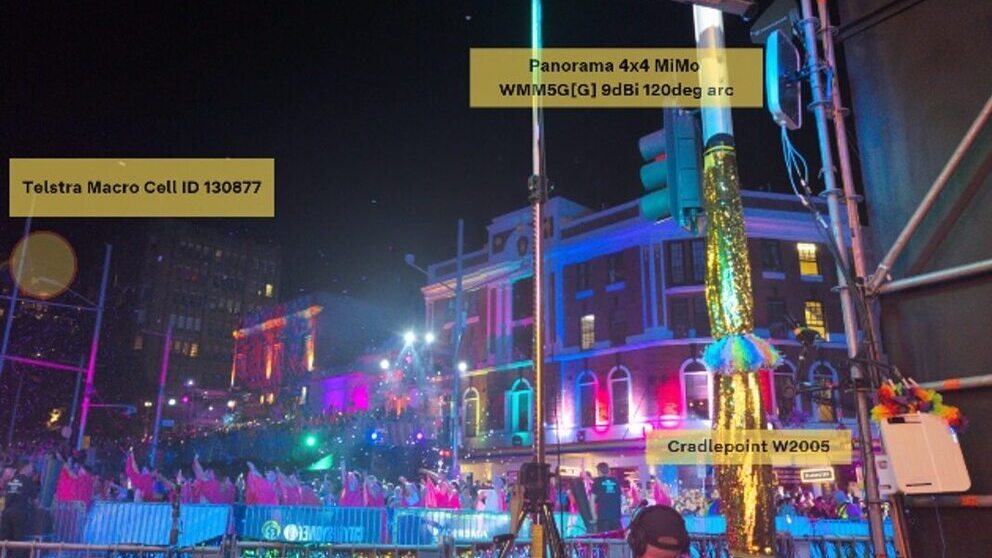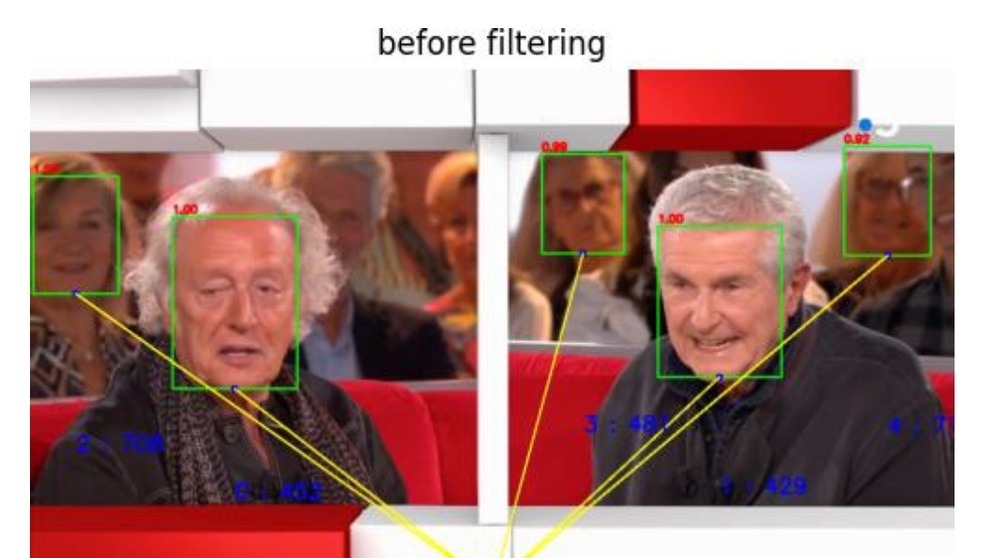This paper specifically targets a system to improve the trade-off between the storage bit-cost of the different representations, the transcoding complexity and transmission efficiency (i.e. bitrate-quality trade-off at transmission) of the requested representation by the end-client while guaranteeing that the delivered output bitstream remains compliant with the legacy decoding system available at the client.
This paper addresses the problem of multi-profile encoding and delivery system optimization for the purpose of standard HTTP-based Adaptive Bitrate (ABR) video streaming. Such delivery systems must process, encode, and usually store the same content in different (bitrate, resolution) pairs, which defines a set of encoding profiles or coded representations (a.k.a. bitrate ladder), to serve and adapt the video content to various end user bandwidth requirements and device capabilities.
The presented research work specifically targets such a system to improve the trade-off between the storage bit-cost of the different representations, the transcoding complexity and transmission efficiency (i.e. bitrate-quality trade-off at transmission) of the requested representation by the end-client while guaranteeing that the delivered output bitstream remains compliant with the legacy decoding system available at the client.
For that purpose, we propose...
You are not signed in.
Only registered users can view this article.

IET announce Best of IBC Technical Papers
The IET have announced the publication of The best of IET and IBC 2024 from IBC2024, once again showcasing the groundbreaking research presented through the papers. The papers have been selected by IBC’s Technical Papers Committee for being novel, topical, analytical and well-written and which have the potential to make a significant impact upon the media industry. 327 papers were submitted this year, and after a rigorous selection process this publication features the ten papers deemed by the judges to be the best.

Technical Papers 2024 Session: 5G Case Studies – public network slicing trials and striving for low latency
In this session from IBC2024, Telestra Broadcast Service and the BBC present their work 5G Case Studies as part of the IBC Technical Papers.

Technical Papers 2024 Session: AI in Production – training and targeting
In this session from IBC2024, three authors from NHK, Viaccess-Orca and European Broadcasting Union present their work on the application of AI to media production as part of the IBC Technical Papers.

Technical Papers 2024: Audio & Speech – advances in production
In this session from IBC2024, two authors present their work on Audio Description and implementing Audio Definition Model as part of the IBC Technical Papers.

Technical Papers 2024 Session: Advances in Video Coding – encoder optimisations and film grain
In this session from IBC2024, IMAX, MediaKind, Fraunhofer HHI and Ericsson present their work on video coding, as part of the IBC Technical Papers
